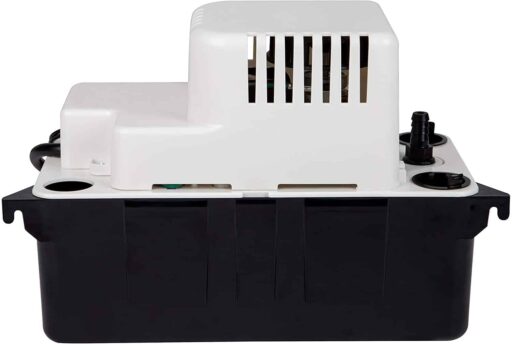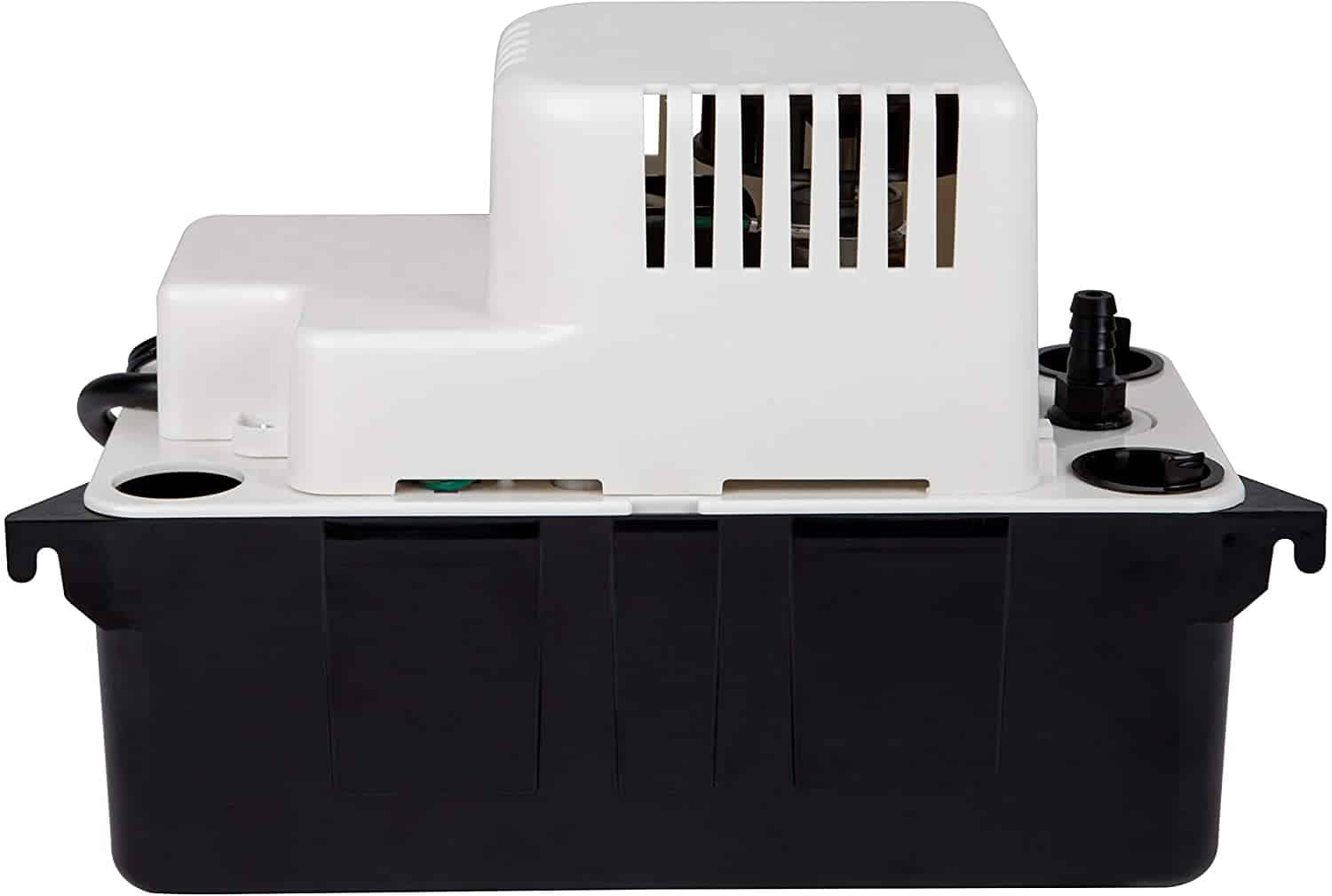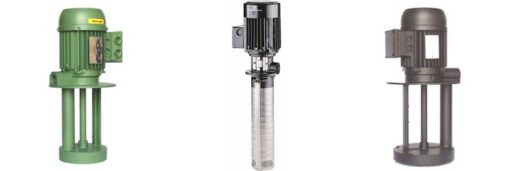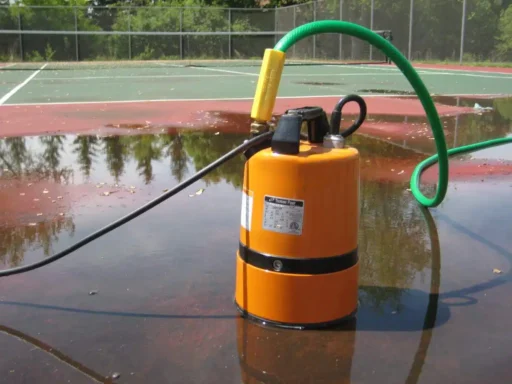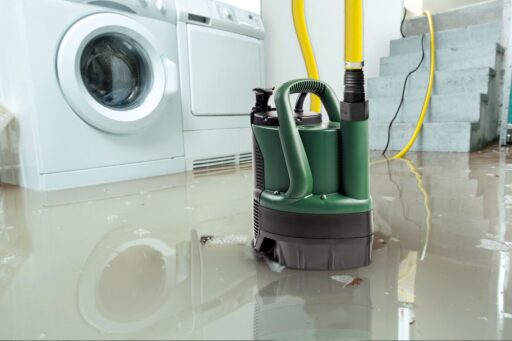A condensate pump could be the only thing standing between you and the overdue resolution of the dampness issue in your home that has been lingering for far too long. Unfortunately, the inner workings of condensate pumps aren’t exactly common knowledge, and this lack of familiarity and understanding on the part of homeowners can often be the stumbling block that prevents an issue like this from being resolved much quicker. With this in mind, Pump Sales Direct have put together this guide that covers everything you need to know about condensate pumps.
How is condensate formed?
In the process of heating your home, heating systems also produce latent water vapour. As is inevitable in any form of HVAC process, steam is produced – giving rise to the welcome temperature change that the product is designed to. However, when this same steam cools, it condenses into water droplets and becomes a waste product.
Why is it so important to remove condensate?
As well as causing dampness or even flooding in large quantities, the latent water vapour (or condensate) that accumulates below your boiler can also contain traces of potentially dangerous contaminants. These factors serve to underline the importance of finding a way to dispose of condensate properly.
What are condensate pumps and how do they work?
Put simply, condensate pumps help get rid of all of the steam (or condensate) that can build up in your HVAC (heating, ventilation and air conditioning) system, condensing boiler or refrigerator over time. By transferring energy from a motor to the condensate itself via a rotating impeller, the pump is able to remove condensate quickly and effectively. Generally speaking, there are only relatively small amounts of liquid involved and condensate pumps often have small tanks for exactly this reason. The tanks allow them to store condensate until levels increase enough to activate the float valve, whereupon the condensate is released into a drain.
How do I know if I need a condensate pump?
Assuming it isn’t the fault of your own central heating pump, finding dampness or worse in the pipes that service your HVAC is the clearest illustration you can find of the need for a condensate pump, but there is another important telltale sign you should be on the lookout for.
What normally distinguishes a condensing boiler that is in need of an accompanying condensate pump, and one that isn’t, is location. Enough distance from a convenient drain, or positioning well below ground level, will prevent a boiler from ridding itself of condensate on its own.
Typically, boilers are reliant on the natural action of gravity to drain condensate away. A condensing boiler located in a basement then, is poorly placed to take advantage of the gravitational pull that so many others boilers rely on. If your condensing boiler is in your basement, or a similarly ill-equipped location, and is not currently being serviced by a condensate pump, it is well worth exploring the possibility of purchasing one.
For a range of condensate pumps, shop online at Pump Sales Direct.

